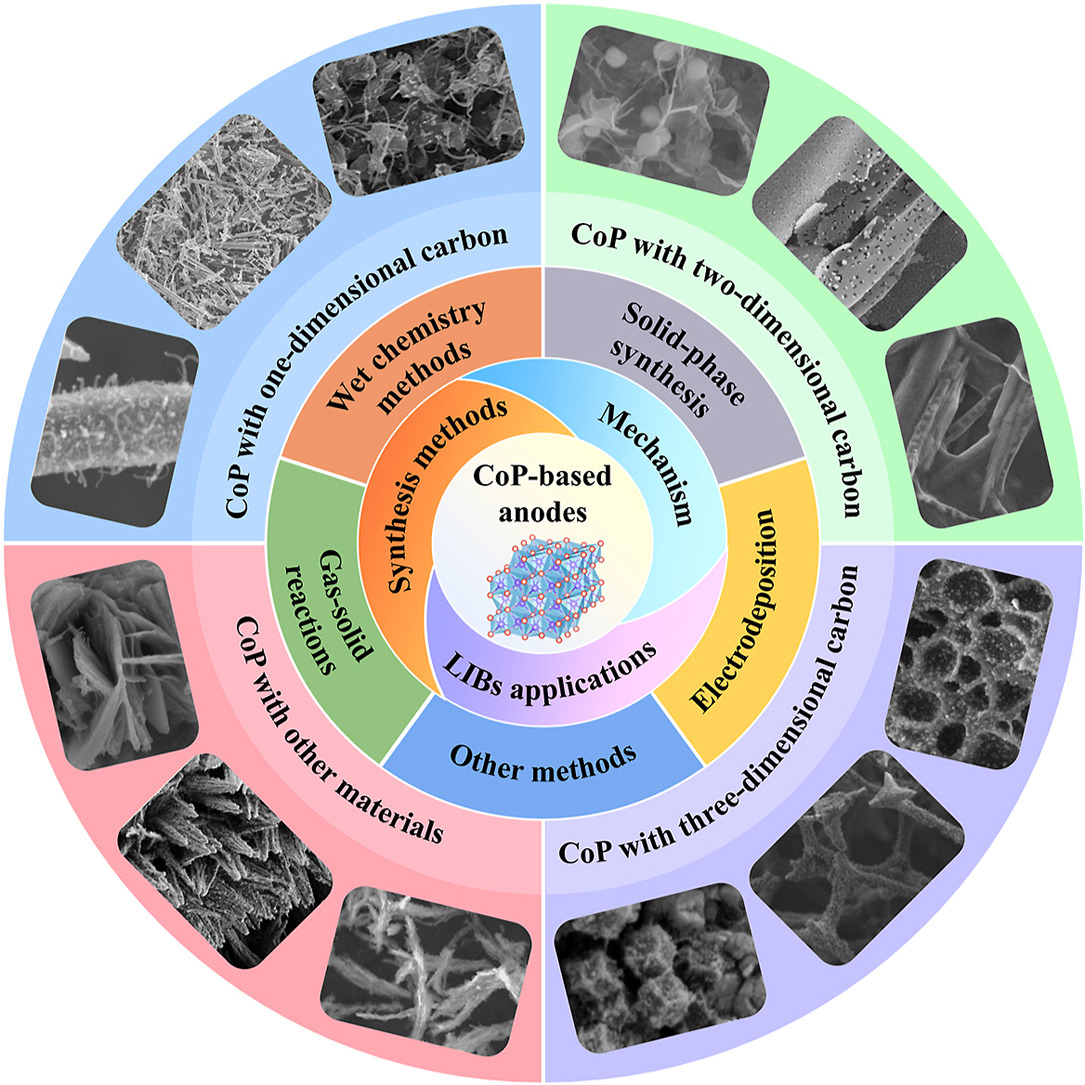- Volumes 84-95 (2024)
-
Volumes 72-83 (2023)
-
Volume 83
Pages 1-258 (December 2023)
-
Volume 82
Pages 1-204 (November 2023)
-
Volume 81
Pages 1-188 (October 2023)
-
Volume 80
Pages 1-202 (September 2023)
-
Volume 79
Pages 1-172 (August 2023)
-
Volume 78
Pages 1-146 (July 2023)
-
Volume 77
Pages 1-152 (June 2023)
-
Volume 76
Pages 1-176 (May 2023)
-
Volume 75
Pages 1-228 (April 2023)
-
Volume 74
Pages 1-200 (March 2023)
-
Volume 73
Pages 1-138 (February 2023)
-
Volume 72
Pages 1-144 (January 2023)
-
Volume 83
-
Volumes 60-71 (2022)
-
Volume 71
Pages 1-108 (December 2022)
-
Volume 70
Pages 1-106 (November 2022)
-
Volume 69
Pages 1-122 (October 2022)
-
Volume 68
Pages 1-124 (September 2022)
-
Volume 67
Pages 1-102 (August 2022)
-
Volume 66
Pages 1-112 (July 2022)
-
Volume 65
Pages 1-138 (June 2022)
-
Volume 64
Pages 1-186 (May 2022)
-
Volume 63
Pages 1-124 (April 2022)
-
Volume 62
Pages 1-104 (March 2022)
-
Volume 61
Pages 1-120 (February 2022)
-
Volume 60
Pages 1-124 (January 2022)
-
Volume 71
- Volumes 54-59 (2021)
- Volumes 48-53 (2020)
- Volumes 42-47 (2019)
- Volumes 36-41 (2018)
- Volumes 30-35 (2017)
- Volumes 24-29 (2016)
- Volumes 18-23 (2015)
- Volumes 12-17 (2014)
- Volume 11 (2013)
- Volume 10 (2012)
- Volume 9 (2011)
- Volume 8 (2010)
- Volume 7 (2009)
- Volume 6 (2008)
- Volume 5 (2007)
- Volume 4 (2006)
- Volume 3 (2005)
- Volume 2 (2004)
- Volume 1 (2003)
• The synthesis methods of CoP, cobalt phosphide (CoP)-based composites are summarized.
• The lithium storage mechanism of CoP-based composites is discussed.
• Future research directions for CoP-based electrodes are envisioned.
• Recent advances in CoP-based composites applied to lithium-ion batteries.
With the further requirements of electronic products and powered vehicles, the development of a new generation with low-voltage and high-capacity anode materials is crucial for lithium-ion batteries (LIBs). Transition metal phosphides, especially cobalt phosphide (CoP) composites, have become a research hotspot for LIBs anode materials in recent years due to their high theoretical specific capacity, low polarization, and suitable voltage plateau. This review first systematically discusses the lithium storage mechanism and preparation methods of CoP in current research. Subsequently, the applications of CoP anode materials in LIBs are categorically reviewed, including the composites of CoP with various types of carbon materials and heterostructures. Finally, the challenges and future development directions of CoP anode materials are summarized to provide guidance for further improving the lithium storage performance of CoP and its practical applications.

